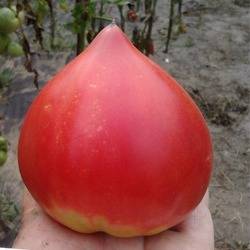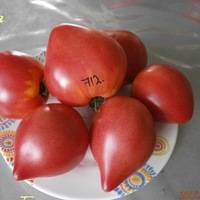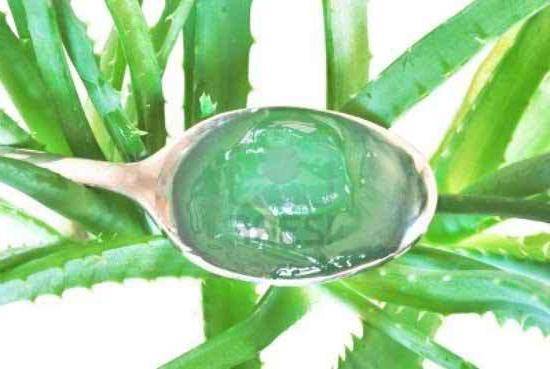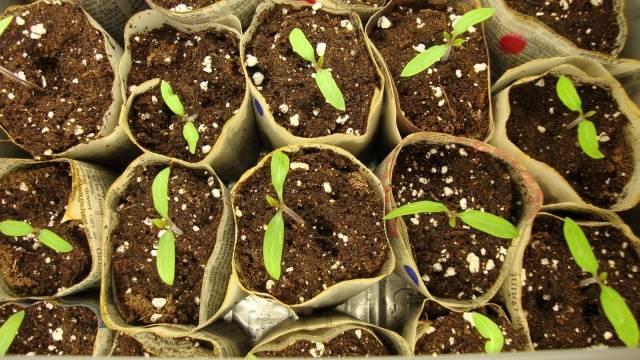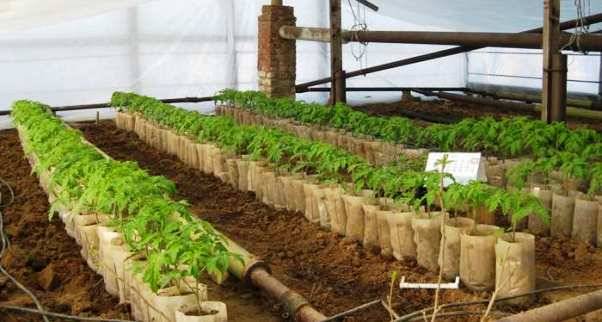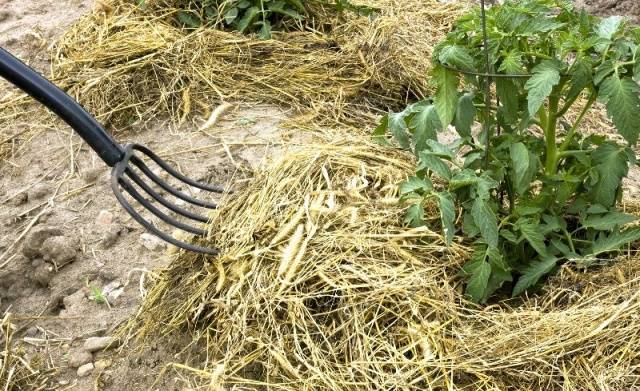Content
There is no comrade for taste and color - this is how the Russian proverb says. And yet ... Every year, enthusiastic enthusiasts who like to grow and, of course, eat tomatoes, publish a list of ten of the most delicious, in their opinion, varieties on the forums. Plant resistance to diseases and yield are taken into account. Japanese tomato is often found on this list. Let it not take the first place, but confidently keep in the lead.
The reviews of those who planted the Japanese tomato variety are simply enthusiastic. What kind of miracle is this? We will draw up a detailed description and description of the Japanese tomato variety for those who are still unfamiliar with it. But first, let's present a photo.
Description and characteristics
The seeds of the Japanese variety tomato are only in amateur collections. Seed companies are not yet propagating them. This circumstance has its pros and cons.
Minuses:
- you cannot buy them from all collectors;
- seeds are not cheap, for 5 seeds you will have to pay from 40 to 50 rubles.
Pros:
- the quality of the seeds is high, they have already passed the preliminary selection and have a high germination capacity;
- taking care of their reputation, sellers who are truly passionate about their business do not allow misgrading, you can be sure that exactly what you bought will grow;
- plants obtained from such seeds are strong, are resistant to many diseases of tomatoes, since their parents were grown in compliance with all the rules of agricultural technology.
Now directly about the variety and its features:
- Japanese tomato belongs to indeterminate varieties, plant height - up to 2 meters;
- requires pinching, needs a high-quality garter, like all varieties with large fruits, with a heavy load, it will be useful to tie up each cluster of tomatoes;
- Japanese tomato plants form in 1 or 2 stems, depending on the growing region;
- the variety Yaponka is intended for growing in a greenhouse, in the southern regions it will feel good in the open field when tied to stakes;
- in terms of ripening, Japanese tomato belongs to mid-season varieties, some collectors consider it mid-early; when sowing in late February and planting in a greenhouse in early May, ripe fruits can be harvested in early July;
- bush - slender, not spreading, medium-sized leaf of the usual type;
- the brush is simple, it can contain up to 5 tomatoes;
-
tomatoes of the Japonka variety are very beautiful heart-shaped with a sharp nose, their average weight is about 300 g, but some record holders pull even half a kilo;
- at full maturity, fleshy tomatoes have a beautiful raspberry-red color and an amazing sweet taste, the sugar content is high;
- the skin of the fruits is thin, so they are very tasty in salads, you can make tomato paste, sauces, juices, various preparations from them, but you can't marinate this yummy - the fruits of a Japanese tomato simply won't fit into a jar.
Giving a full description and characteristics of the Japanese variety tomato, one cannot but mention its high yield and ability to bear fruit until the very cold. Nothing definite can be said about the origin of the tomato; according to one of the versions, it is a local old family variety, which was grown in the city of Bogorodsk, Nizhny Novgorod Region. History is silent about the origin of the unusual name.
How to grow
Japanese tomato requires growing seedlings. By the time of disembarkation, she should be 2 months old. Those who have already planted this tomato recommend sowing it at the end of February. If we take into account the time required to wait for seedlings, for the development of Japanese tomato seedlings, March and April will remain.In the greenhouse, the soil warms up faster than on the street, by the beginning of May it will already be warm enough in it for the tomatoes to take root successfully.
Growing seedlings
If tomato seeds were bought from collectors, then all the seeds will have to be sown - after all, there are very few of them. As a rule, they have already been selected for size and quality, so 100% germination can be expected. To help Japanese tomato seeds wake up, we will additionally treat them with a growth stimulant. Collectors usually don't get sick of tomatoes. The huge number of varieties does not allow planting many plants of the same variety, therefore each copy is valuable. The gardener is obliged to take care of the health of tomatoes, and carries out all preventive treatments for diseases.
There are many different ways to do this. It is for tomatoes that the best option is to soak in aloe juice. In addition to possessing pronounced bactericidal properties, this miraculous plant is a powerful biostimulant for both humans and plants.
In order for the juice to maximize its beneficial properties, aloe must be properly prepared. To obtain juice, leaves of a flower older than three years old, which have not been watered for 2 weeks, are suitable.
To prepare the juice, the lower completely healthy leaves are cut off. They are wrapped in a dark cloth and kept on the bottom shelf of the refrigerator for a week or two. Then the leaves are ground in any convenient way and the resulting gruel is filtered and squeezed, if possible.
Soaking is carried out for 18 hours, completely immersing the seeds in the juice. It is better to do this in a bag of gauze or thin cotton cloth. After soaking, the seeds are not washed, but immediately sown or germinated on damp cotton wipes, putting a plastic bag on them.
Further actions:
-
we sow tomatoes in loose, slightly moistened soil to a depth of 2 cm, you can sow them in one container, but it is better to settle each seed in a separate small pot;
- We spread a layer of snow 2 cm thick on top, usually there is a lot of it in February. The melted snow will saturate the soil with melt water, which stimulates the rapid germination of seeds and has a beneficial effect on future plants.
- it remains only to put plastic bags on containers with Japanese tomato seeds and put them in a warm place;
- seedlings will appear quickly - on day 4 or 5, they really need the maximum amount of light, otherwise thin sprouts will stretch out before our eyes, they do not need a lot of heat at this stage of development, it is enough to maintain a temperature of about 16 degrees in the daytime and 14 degrees at night ;
- in about a week, the Japanese tomato seedlings will get stronger, grow roots and she will need a different temperature regime: 22-23 degrees during the day and 18 at night;
- water the tomatoes, soaking all the soil in the pots, but only when it dries up. Excessive moisture harms tomatoes - it provokes a black leg disease, in this case it will be difficult to save the seedlings.
-
tomatoes of the Japonka variety, planted in separate pots, do not need a pick, they will need to be transplanted into pots or glasses with a volume of at least 700 ml, and preferably 1 liter, keeping an earthen lump with roots; do this when Japanese tomatoes have 4 or 5 true leaves;
- in order for Japanese tomato seedlings to grow of high quality, she needs sufficient nutrition: 2 or 3 additional feeding with a weak solution of a mineral complex fertilizer with a frequency of 2 weeks; you need to feed the plants starting from the formation of the first true leaf, at this time the nutrients contained in the seed run out and the Japanese tomato plants need recharge from the outside;
-
an important event is the hardening of seedlings; of course, the conditions for plants in the greenhouse are more comfortable than outside, but they differ from those in the room, so that the plants do not experience stress when they change abruptly, we accustom them to them gradually, this will take 2 weeks.
Planting in a greenhouse and further care
For the Japanese tomato, the planting rate per sq. meter - 4 plants. In this case, they receive a sufficient feeding area to form a significant harvest. The soil in the greenhouse is prepared in the fall, not forgetting to fertilize it and disinfect the soil and the greenhouse itself from pathogens of fungal diseases. Caring for planted plants includes the following components:
-
soil mulching;
- weekly watering with warm water, and more often in the heat and in the phase of fruit filling;
- daily airing of the greenhouse, the optimum temperature for the development of tomatoes is not higher than 25 degrees during the day and 18 at night;
- top dressing every 10-14 days with a full mineral fertilizer with a predominance of nitrogen in the first phase of growth and potassium - during the formation and filling of fruits. So that the Japanese tomato does not have green shoulders at the stalk, the potassium content in the soil must be sufficient. You can feed them with an ash hood or use a potassium sulfate solution.
- regular removal of stepchildren and the formation of a plant in 1 or 2 trunks;
- removal of leaves as fruits form on each cluster;
- pinching the tops at the end of July in the middle lane and in August in the south.
You can watch the video on how to care for tomatoes in a greenhouse:
Japanese tomato is an amazing variety. Its fruits will not only be a decoration on any table, even the most fastidious gourmet will like its excellent taste, and its universal use will delight any housewife.
